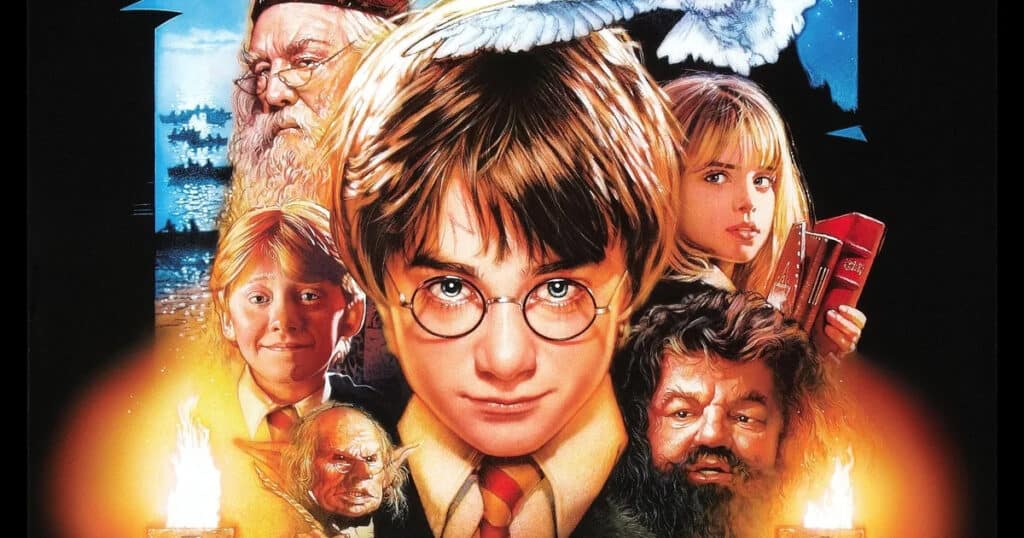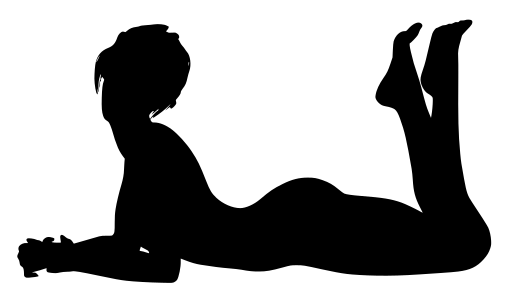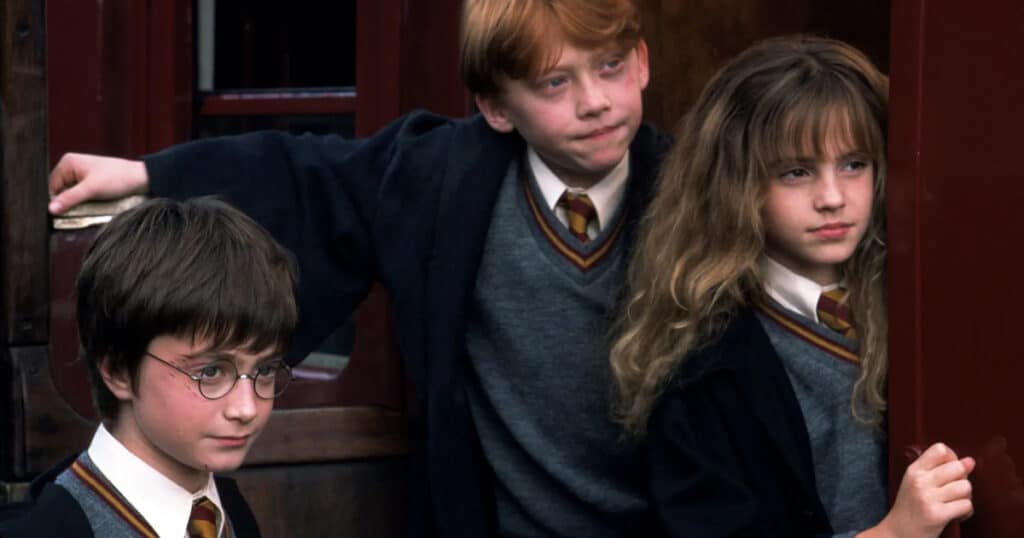Entertainment - Media News Watch originally published at Entertainment - Media News Watch
You’re a wizard indeed-and only a wizard could work the sort of spell that was cast over children and adults all over the world beginning in the late ’90s, turning the wildly successful Harry Potter books (we’re talking 120 million copies sold here) into one of the most profitable franchises ever.
With J.K. Rowling watching over the production diligently (sometimes to a fault), Harry Potter and the Philosopher’s Stone aka …Sorcerer’s Stone was a marvel of an adaptation. And what eventually arrived didn’t come from a burly half-giant, but rather a wide-eyed cast of newcomers, a visionary crew conjuring the proper vision and the guy who directed Adventures in Babysitting…
So put on your sorting hat and head for Platform 9 3/4 as we find out…WTF Happened to this movie? The making of
Harry and the Philosopher’s Stone – also known as Harry and the Sorcerer’s Stone in the U.S.A., Philippines, and India …), as there aren’t any philosophers in these countries HTML0 Producer David Heyman was searching for just the right children’s book to adapt, with his team recommending J.K. Rowling’s book because it was “cool.” Rowling would later sell the rights to the first four books to Warner Bros. for 1 million pounds on the condition that the movies be true to her vision, something that would later prove both an asset and a hindrance.Steven Spielberg was one of the first directors attached, wanting to make it animated with Haley Joel Osment voicing Harry, which would have gone against Rowling’s demands that the entire cast be either British or Irish. Spielberg said later that it would be “no problem” to do so. He then went on to direct A.I. instead. The list of other potential directors was extensive: there were visionaries like Terry Gilliam and Oscar winners like Jonathan Demme and boy wonders like M. Night Shyamalan, who probably would have made Harry and
Dudley the same person or something. The final four were: Gilliam, Brad Silberling (Casper), Alan Parker and Brad Silberling. The studio chose Chris Columbus for his kid’s films like Home Alone, and a 45 minute wooing session. Steve Kloves would be responsible for the Script. He had to read the book before he could write the script, but he became an expert and wrote all Harry Potter except for Order Of The Phoenix. Kloves was afraid that he would ruin Rowling’s vision. This would be difficult to do, since she was Harry’s mother (and almost was cast as Lily). He had to get her approval for any changes he wanted to make to the dialogue. Rowling refused to let Kloves change a line in one instance because it would have been against something that had not yet been published! The final script was very faithful to the book, despite some changes. As per the casting release: “We are looking for British children, between the ages of 9 and 11 who look like Harry Potter, Ron Weasley or Hermione Granger,” urging potentials to send a video where they tell a joke and read a passage from a
Potter book. Columbus was so finicky over who would be cast that the casting director actually left, frustrated over his lack of commitment.Later that summer, they got:
Harry Potter – Daniel Radcliffe, who wasn’t terribly interested in acting anymore and his parents didn’t want him to do it…but, by complete happenstance, he ended up running into Heyman and Kloves. Following his screen test, Rowling said, “I feel as if I’ve been reunited with my long lost son”), which in turn got Warner Bros. on board.Ron Weasley – Rupert Grint, who even threw in a little rap in his tape.Hermoine Granger – Emma Watson, who had no professional acting experience and auditioned eight times
Supporting cast:
Hagrid – Robbie Coltrane, who was Rowling’s only choice. Robin Williams wanted it but didn’t fit the British requirement.
Albus Dumbledore – Richard Harris, whose granddaughter threatened to never speak to him again if he didn’t take it.
Severus Snape – was almost Tim Roth’s but it went to Alan Rickman, who also had family members insist he do it.
Minerva McGonagall – Maggie Smith, who previously worked with Radcliffe on stage; at first, the kids were even afraid of her on set.
Draco Malfoy – Tom Felton, who wanted to play either Harry or Ron but landed Draco (makes sense-come on, look at him! Production could begin with this cast and so many others. And it did, on September 29th, 2000 at Leavesden Film Studios, home to
Sleepy Hollow
;
The Phantom Menace
)…with a budget of a reported $125 million
Like the characters, the locations were to be purely British. The locations included real castles, historic buildings, and chapels. Alnwick Castle, in Northumberland, was the primary location for Hogwarts. Models were also used. Gloucester Cathedral was used to film numerous scenes. Doubtfirecouldn’t bring darkness to the screen, or even know anything about Brits. Columbus wrote Young Sherlock Holmes which he referred to. The film was a huge hit in part due to Columbus’s abilities (and his very
hand-on approach, at times even playing the giant Troll), but the director gave credit to the crew who also had their own massive undertakings:Jim’s Creature Shop and Industrial Light & Magic, as SFX supervisor John Richardson used practical effects. (Yes, that’s a fishing pole for the floating feather, and for the flying letter, they used a ‘letter firer, which is exactly what you would expect). There, too, was costumer Judianna Makovsky, who hated the way the Quidditch robes looked so reimagined them (anywhere between 5,000-6,000 wands were designed, too), and art directors Neil Lamont and Gary Tomkins, who constructed chess pieces that stood 12 feet and weighed upwards of 500 pounds.Production designer Stuart Craig was another key figure. He and his team created Diagon Alley. The Great Hall took four months to construct. John Seale faced many challenges, including being unable to bring in giant rigs and hanging anything from the windows of historic buildings. He also used up to six units simultaneously. This helped him recover lost shots when the children were having too much of a good time. It also maximized his time as child labor laws stipulated that the young cast was only allowed to film for four hours, with three hours devoted to schoolwork. Still, there was only so much time they could save, as many scenes had to be shot twice depending on the market: once with “philosopher” and “once with sorcerer.”
But these were nothing compared to some of the other issues that arose. Harry’s lenses were a major issue. Radcliffe had blue lenses, not green. Since the lenses irritated Radcliffes’ eyes, it was decided to change them. The color was added after the fact, because J.K. Rowling would never allow Harry to have the wrong color eyes! The floating candles were originally done with real candles, but the flames burned the string and caused them to fall, almost setting the set on fire. They wisely decided to use CGI. The crew, too, used real food during the feast scenes…which they left out, causing the hall to smell of rotting lamb and potatoes.Unlike the food, production was wrapped on March 23rd, 2001, with the U.K. release date set for November 10th, followed by wider international releases the next week.Harry Potter and the Philosopher’s Stone was, as we all expected and know, a castle-sized success, smashing records set even by The Phantom Menace
to give an idea how gigantic it was.
Stateside,
Harry Potter

opened at #1, pulling in $90.3 million, easily scaring Monsters Inc. The film was a huge success, surpassing even the records set by
The Phantom Menace
in the United States. It opened at #1 with $90.3 million, easily beating out Monsters Inc. It was the best Thanksgiving weekend opening ever at the time. It beat out The Lost World, and it is still one of the top three-day openings. It was the highest-grossing film of 2001, grossing $288.5 million domestically (later $317.6 from re-releases). It grossed $974.8 million worldwide, becoming the second-highest-grossing movie of the entire series once it concluded. The Wizarding World has been expanding for decades. The first sequel was already in pre-production when
Harry Potter and the Philosopher’s Stone came out. As for that sequel and the rest of the HARRY POTTER franchise…stay tuned for more videos as we continue our journey through all seven-or is it eight?-movies!Sources:https://www.ranker.com/list/how-harry-potter-actors-got-cast/tyler-mitchellhttps://www.cinemablend.com/news/2495067/harry-potter-and-the-sorcerers-stone-behind-the-scenes-facts-about-the-magical-movie
https://www.wizardingworld.com/features/explore-behind-the-scenes-with-harry-potter-filmmakers
Entertainment - Media News Watch originally published at Entertainment - Media News Watch



